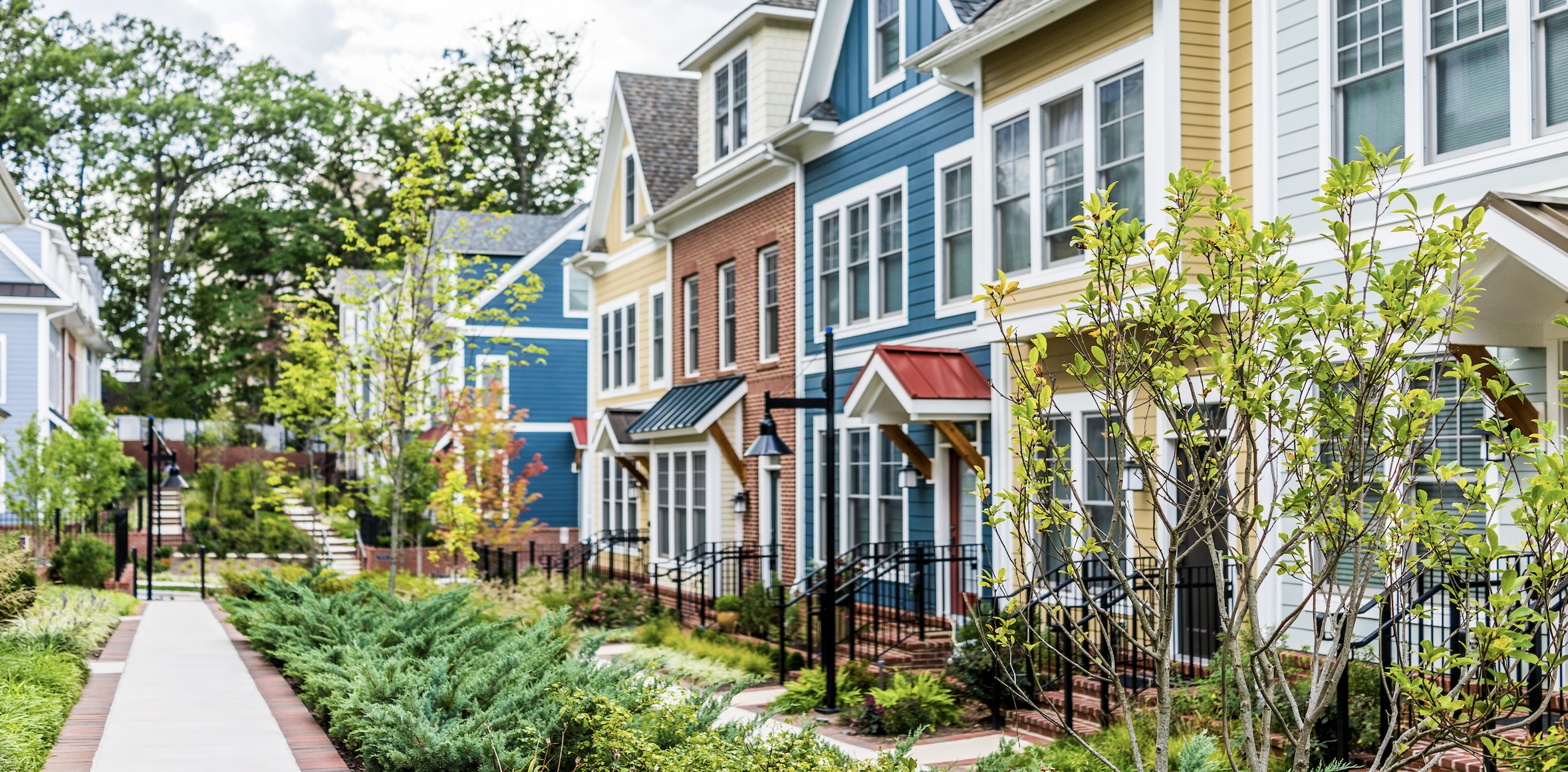Businesses are leaving storefronts and new ones are shuffling in. Once-bustling office parks now boast vacant parking lots. These changes beg the question: What’s going on with commercial real estate? And what will happen to all of the unused office space since so many companies have adopted work from home policies?
On the latest episode of Keepin’ It Real with Nick Bailey, industry experts provide insight to the current state of commercial real estate – and speculate where it’s heading. Panelists include Mark Hulsey, Managing Broker of RE/MAX Results – Commercial Group in Minnesota, and Rick Sharga, Executive Vice President of Market Intelligence with ATTOM, a leading provider of real estate data for companies in real estate, mortgage and adjacent industries.
RE/MAX President and CEO Nick Bailey describes the current culture surrounding the use of office space as a swinging pendulum, where some companies that used to be in-person have adapted to a fully-remote atmosphere, whereas others are seeking drastic change after working remote amid the COVID-19 pandemic and are requiring employees to return to the office full-time.
Bailey asks, “Is [commercial real estate] a good investment?”
The status and future of office space
According to the panelists, the level of commercial vacancy varies by state – but nearly all areas have been impacted by pandemic-induced lifestyle shifts.
“In the Minneapolis, St. Paul and Twin Cities [areas], we’re in a tough place for office,” Hulsey shares. “We’re probably sitting right now in the central business district of Minneapolis at around a 30% vacancy.”
Sharga points to the differences in vacancy being hyperlocal, changing from downtown to suburb in the same metropolis.
“Overall, commercial actually recovered pretty well from the pandemic. Until mortgage rates went up a few months ago, the market had been recovering remarkably well,” Sharga says. “Although to Mark’s point, we saw a huge difference between central business district offices and the suburban office market. The suburban office market was doing very well – [but] the central business district not so well.”
“The sublease market is crazy right now,” he continues. “We’re seeing a lot a lot of activity in terms of subletting existing space, and that’s one of the reasons I don’t think we’ll see the full impact of COVID on the office market probably for a couple more years as people work their way through longer term lease contracts that they have with the building owners.”
Sharga points to the hybrid work schedule as a reason why office space may continue to thrive, just taking a different shape than before.
“One of the trends that we believe we’re going to be seeing is even where people are moving back to the office, they’re not moving back full-time,” he says. “So you’re seeing some of these traditional offices converted into more of a WeWork sort of shared office space, so that people can use them when they need to use them. But you can have the flexibility of reconfiguring your footprint within the office as people’s needs change.”
Despite a dip in demand for office space, commercial real estate remains on the rise with new mixed use and residential developments breaking ground on a daily basis – and land deals in full swing as people disperse from cities.
During the recent RE/MAX Commercial Symposium – a business-building event tailored to commercial real estate professionals – most attendees agreed that the commercial industry is booming around the U.S., taking a different shape from urban to rural landscapes. In fact, brokers in the RE/MAX Commercial network closed over 50,000 commercial transactions and $19 billion in commercial volume in 2021.
Focusing construction efforts elsewhere
Whatever the long-term outlook on workspaces may be, many are curious if there could be a resurgence in demand for that particular type of commercial building.
“If I see a crane, it isn’t for an office building,” Hulsey says. “Nine times out of ten, it’s going to be for new condos, new apartment buildings, [or] new mixed-use – it’s going to be around housing. That’s why we’ve changed a lot of the zoning regulations within our urban areas to create higher density. And that’s kind of a national trend, [and is] certainly is a trend here in the Twin Cities.”
With remote and hybrid work policies in place at the moment, consumers and developers alike wonder about the potential for adaptive reuse of vacant office space.
“There are a lot of groups advocating in some of the bigger cities to change zoning laws so that you can take these vacant office buildings and turn them into residential units. That does require some work and does require some zoning changes, but it is definitely a trend,” Sharga explains.
While the intention of repurposing space for more efficient use may sound good in theory, Hulsey says costs might make it unfeasible.
“I think it’s a natural thought to think, ‘Well, why wouldn’t you take that office box over there and turn it into housing?’ But it’s just not that easy,” Hulsey explains. “It can be absolutely cost prohibitive to take an office building and turn it into housing… There are lots of other dynamics around it as well, such as the areas where office buildings are set today are not always the place where you want to live.”
As a workaround, Hulsey suggests more feasible opportunity lies in mixed use repurposing of existing office space which could entail retail, warehouses and more.
To learn more about the current status – and future use – of commercial space, tune in to the latest episode of Keepin’ It Real with Nick Bailey.
Recommended For You
Get RE/MAX News delivered to your inbox! Sign up for News Alerts in the footer below.







